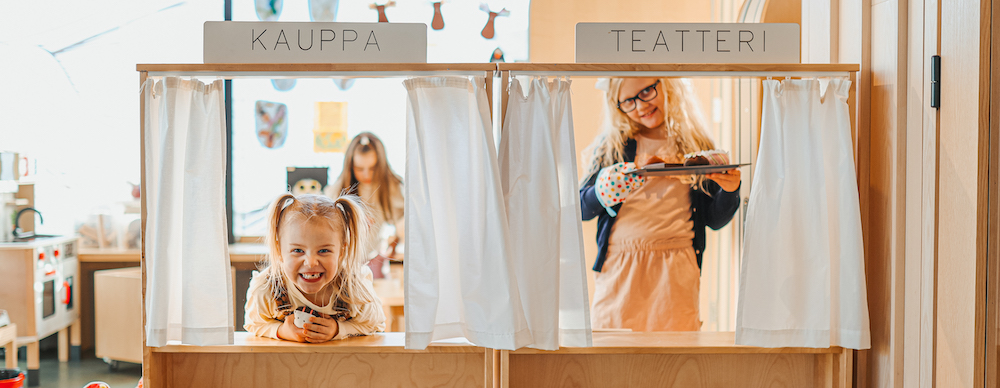There has been a long-time debate in Early Childhood Education (ECE) about whether direct instruction or free play has more benefits for children's learning and development.

In recent years a shift toward “play-based learning” is gaining increasing support. It is an approach that combines the benefits of play and traditional teaching, particularly in an Early Childhood Education setting. "Play-based learning" is like an umbrella that holds together all similar educational approaches, including guided play.
According to a study Can guidance during play enhance children’s learning and development in educational contexts? guided play has three fundamental characteristics that provide an optimal learning experience for children in ECE.
Top3 Elements for Guided Play
1. The educator providing guidance should have a clear learning goal in mind when setting up a playful activity (Toub et al., 2018; Weisberg et al., 2016).
Every educator should have a road map that guides teaching; and a curriculum that shows what the children need to practice this term. Each class/group as well as each child should have some learning goals to aim for. Curriculum and learning goals give direction to educators, but the most important thing that should guide planning is the children's interests, ideas, and needs.
Download the free Child's Individual Curriculum template
2. The activity or interaction should allow children some degree of choice and agency over their play: whether the playful interaction is adult- or child-initiated, play should be child-led where possible (Hirsh-Pasek et al., 2009).
Children gain self-confidence as they choose the activity or the way the play continues. Every child should experience these moments of directing and shining. The more children get to participate, the more involved they will be and the more they will learn. When you plan, mark down which things children can affect during the playful activity (Eg, the activity is "a craft" but children can choose which animal they will make).
3. The educator should be flexible in using guidance techniques (such as open-ended questions, hints, prompts, and modeling) to ensure sensitivity to the child's interests and needs. This requires the guiding adult to notice, interpret, and respond to a child's cues (Fisher et al., 2011).
Early childhood educators should have 8 eyes, 6 ears, and 4 hands - that would make observing children much easier. But no worries, you will be perfectly fine as you are, just make sure all the children's voices are heard, even the quietest ones.
Guided play as a powerful learning method
According to the study, the combination of these features is believed to make guided play a particularly powerful learning method, compared to free play or didactic learning alone.
Specifically, in guided play, the learning experience is naturally interesting and meaningful to the child as the play develops their enjoyment, motivation, and agency. If a supportive adult or an educator is present in guided play, he/she extends the scope for learning beyond what the child might achieve on their own (Hopkins et al., 2019; Weisberg et al., 2016).
How to create the best learning environment for playful learning?
It is important to note that the term guided play does not have to relate to a specific type of play. Still, it can include elements of several types of play including physical play, object play, or pretend and sociodramatic play.
Happy playing and learning!
.png)
.png)